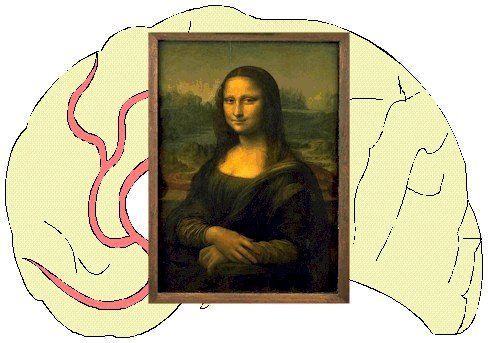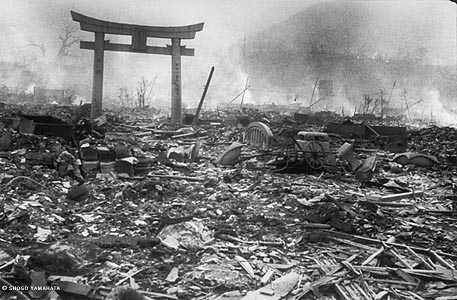
The Poet's Defence

Like for so many of his generation, the Spanish civil war (1936-39) was artistically significant, and he published a poem on the subject Spain 1939, which was reviewed in the TLS on 10 June 1939. Proceeds of the sale of went to the Humber food ships appeal for Spain. (see left margin).
It also had a personal significance. His mother, Celia, organised assistance for orphans of the war and it was through this that he met his future wife, Rita Coblenz.
He spent a decade at University College, Hull, then a far satellite of the University of London, and carried out research into topology. Among his colleagues there was the economist Eric Roll (see left margin).
The outbreak of World War II disturbed this academic career, but also saw the publication of his first book The Poets Defence (1939).
In 1941, on February 17th, he married Rita (see left margin). They had four daughters: Lisa, Judith, Nicole and Clare.
Spain 1939: Four Poems
A book of poems concerning the Spanish Civil War
RECOLLECTIONS:
Eric Roll - remembers a garden in Cambridgeshire.
Rita Bronowski - remembers the first time she met her husband.
The Dejected Artist - a poem for Rita.
Letters from Japan - some of Bruno's letters to Rita.
Jacob Bronowski - recalls his visit to Nagasaki.
Philip Morrison - who was a US Government observer at Hiroshima and Nagasaki,
here recalls his friendship with Jacob Bronowski.
In his wartime work, which began in 1942, he seems not to have been especially successful either at the Home Security Office, where he worked in the Military research unit under Sir Reginald Stradling, or in the unit run by J D Bernal. The government science adviser, Zuckerman, expressed his doubts about Bronowski's suitability and competence for the work he was doing, which was in predicting the economic effects of bombing [Ref. 5]. However, by the end of the war Bronowski was deputized to the British Chiefs of Staff Mission to Hiroshima and Nagasaki, visiting Japan in 1945 (see left-hand margin), after which was one mof the authors of a well-regarded report The Effects of Atomic Bombs at Hiroshima and Nagasaki.
Having started on the overnight sleeper to Prestwick on 12 October 1945, Wing-Commander Bronowski reached Washington by 15 October, then went on to San Francisco, and reached Hawaii. He wrote about his visit to Japan in a letter home:
Japan, I am surprised to find, is full of the Japanese, going about their usual business: taking children to and from school, women working in the intensely-cultivated strips or carrying loads or babies on their backs, men shabbily picking their way along the side of the road; everyone docile, rather aimless, very small and with few hints of any feeling but curiosity. Everyone and every house is unbelievably poor: their clothes, mostly native (i.e. women in kimonos, etc.) and old, their bicycles and oxcarts almost derelict. Tokyo itself is simply a ruin, the devastation goes on for mile after mile, all burnt down flat with no horizon but a few concrete houses and factories and even factory chimneys standing where there is no sign of a factory now. In some places they have started planting vegetable plots on the burnt ground. The impression is quite different than, say, Hull, because there is no rubble to speak of; what is burnt has left no trace but the corrugated roof sheeting...
Letter to Rita 22 October 1945
In what spare time he had he produced a second book, on William Blake, A Man Without a Mask (1944).
Enter Chapter 4 The Commonsense of Science

|
Copyright © 1997 by Stephen Moss. All rights reserved.
5. Zuckerman, S., 1989, From Apes to Warlords (London: Hamish Hamilton), p.135.